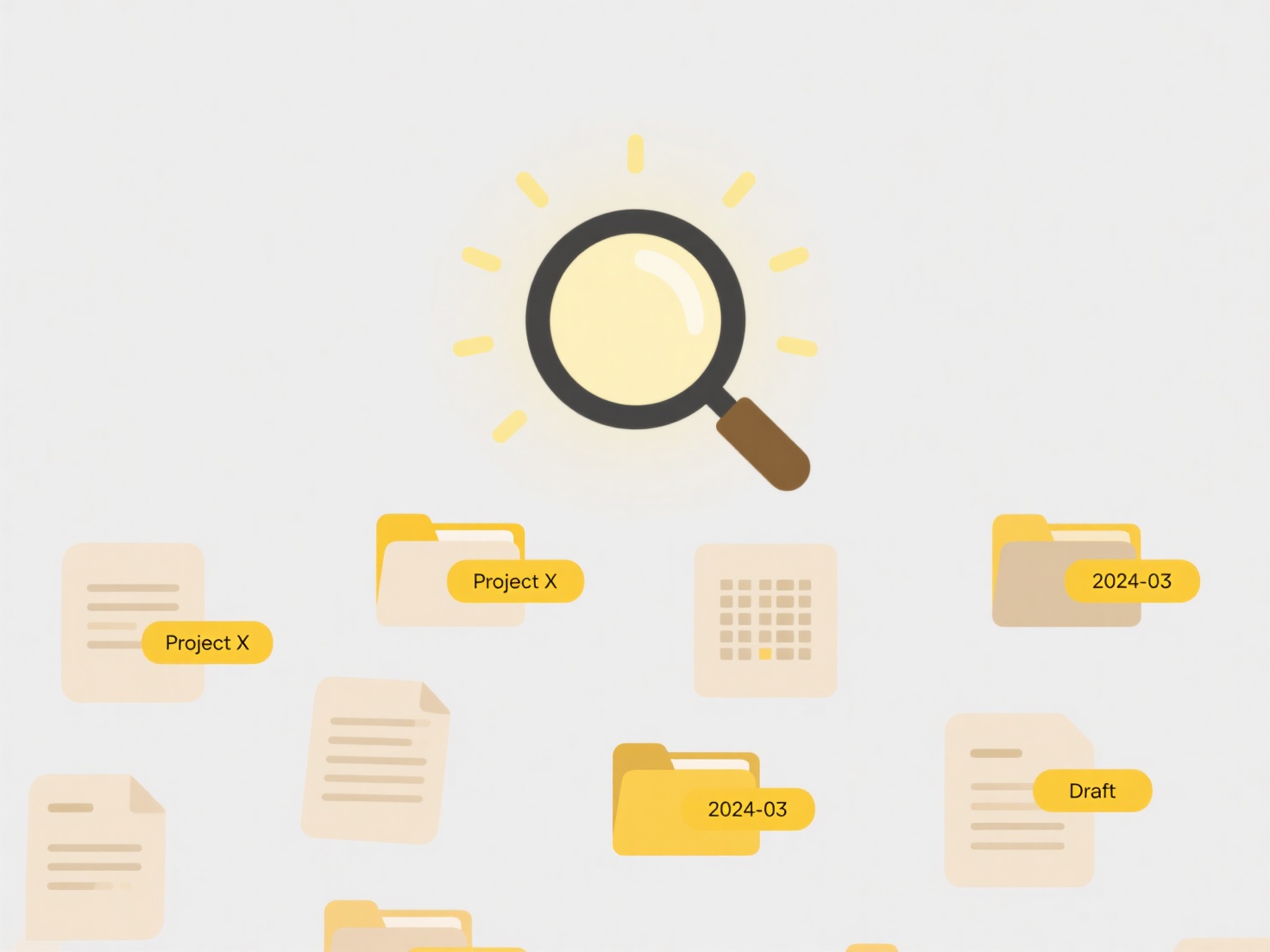
Batch renaming allows you to change multiple filenames simultaneously using patterns or rules. Accidental overwriting occurs when the renaming process would result in two or more files receiving the same final name, causing data loss as one file replaces another. Unlike single-file renaming, which typically alerts you to conflicts, batch operations rely heavily on unique target patterns and user foresight to prevent collisions.

A common example in photo organization involves using a naming pattern like Vacation_2024_{seq}. Without a unique sequence placeholder ({seq}), files could easily overwrite. File managers (like Windows Explorer bulk rename, macOS Finder, or Adobe Bridge), programming scripts (Python's os.rename, PowerShell), and specialized tools (Advanced Renamer, Bulk Rename Utility) all offer features specifically to avoid this. Most provide a preview function showing exactly what the new names will be before committing changes.
The key advantage is maintaining data integrity. Best practice is to always include previewing, use unique patterns ensuring distinct names (dates, timestamps, counters), and enable versioning/backups if supported. Limitations include the varying reliability of preview modes across tools. Ethically, overwriting causes unintended data destruction; tools should prevent it proactively. Leading utilities include unique sequence counters and conflict warnings as mandatory steps.
How do I avoid accidental overwriting during batch rename?
Batch renaming allows you to change multiple filenames simultaneously using patterns or rules. Accidental overwriting occurs when the renaming process would result in two or more files receiving the same final name, causing data loss as one file replaces another. Unlike single-file renaming, which typically alerts you to conflicts, batch operations rely heavily on unique target patterns and user foresight to prevent collisions.

A common example in photo organization involves using a naming pattern like Vacation_2024_{seq}. Without a unique sequence placeholder ({seq}), files could easily overwrite. File managers (like Windows Explorer bulk rename, macOS Finder, or Adobe Bridge), programming scripts (Python's os.rename, PowerShell), and specialized tools (Advanced Renamer, Bulk Rename Utility) all offer features specifically to avoid this. Most provide a preview function showing exactly what the new names will be before committing changes.
The key advantage is maintaining data integrity. Best practice is to always include previewing, use unique patterns ensuring distinct names (dates, timestamps, counters), and enable versioning/backups if supported. Limitations include the varying reliability of preview modes across tools. Ethically, overwriting causes unintended data destruction; tools should prevent it proactively. Leading utilities include unique sequence counters and conflict warnings as mandatory steps.
Quick Article Links
Are there industry-specific naming conventions I should follow?
Industry-specific naming conventions are standardized practices for naming files, variables, processes, or components wi...
Can I search only within system folders?
Searching only within system folders refers to querying for files or information exclusively within directories critical...
What’s the difference between .jpeg and .jpg?
JPEG and JPG are file extensions for the same image format: the JPEG compression standard developed by the Joint Photogr...